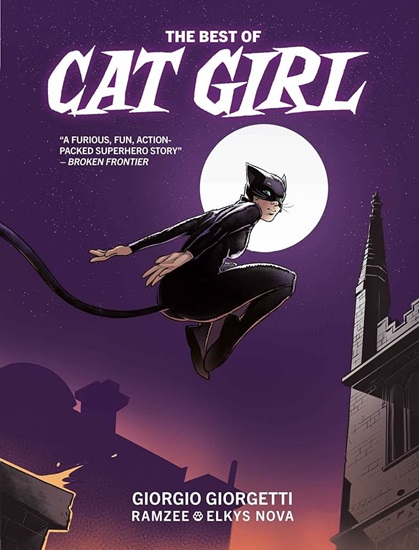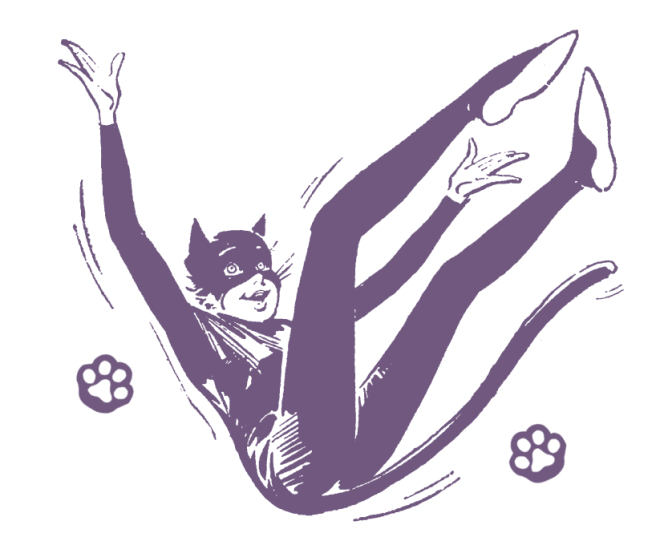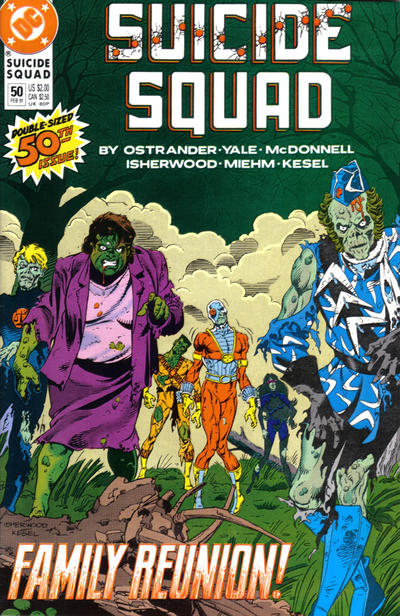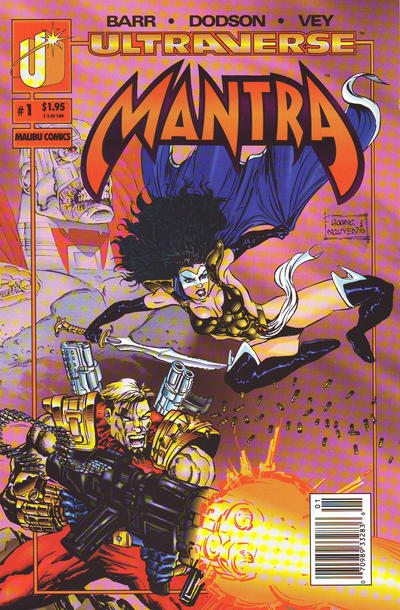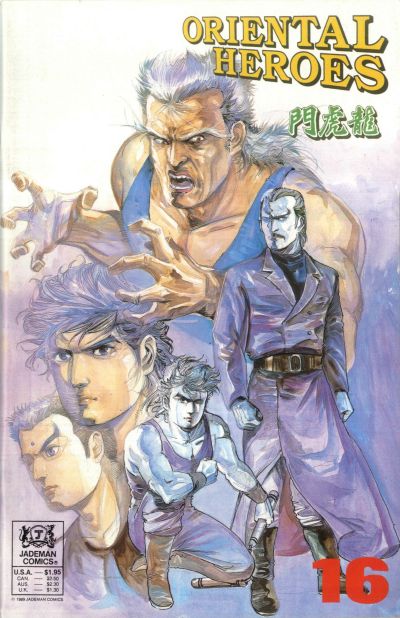It’s 1986. It’s the end of the world and time/space agent Ravian has to find his way through a flooded New York to find his nemesis, the mad scientist Xombol, before he changes the future forever!
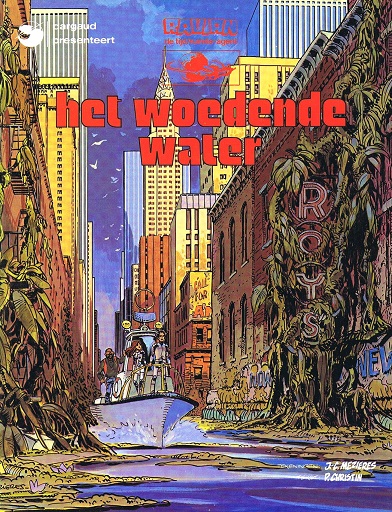
Considering New York didn’t flood thirty eight years ago because an arsenal of hydrogen bombs accidentally exploded at the North Pole, not only melting the ice caps but also setting lose a wave of seismic and volcanic activity, maybe Xombul did manage to change the future?
Or more likely, this was originally written in 1968 so 1986 was a safe near future year to set the story in. After all, it was just the first full length story for the new Valérian series created by Pierre Christin and J. C. Mézières in Pilote. Who knows if it would be a success or how long it would last, right? Fast forward a fifteen years ago and a young Martin was reading this in the local library one or two years before it would be 1986 for real and he found himself wondering if and how Christin and Mézières would fix this…
Spoilers: they did, but that’s a story for another time. All I’ll say here is that Valérian was popular enough that it would become a problem for the series by the early eighties and that it was resolved in a very comprehensive manner, completely revamping the series as it had been. But all that’s still in the future at this point.
Het Woede Water (original: La Cité des eaux mouvantes, The City of Shifting Waters) is a fairly straightforward story. In a previous adventure, Ravian had had to catch Xombol who had taken a time machine and travelled to the Middle Ages. It’s here that Ravian also met Laurentine and took her with him to his future. Now Xombol has escaped, yet again stolen a time machine and travelled back to 1986, as the disaster that ended civilisation for four centuries was still in progress. He arrives at the time travel station in the cellar of the Statue of Liberty, just in time for it to collapse due to the storm battering New York, to be rescued by a gang of plunderers led by one Sun Rae, a Black flute playing gang leader/intellectual. Everybody else has long abandoned the city.
Some picaresque adventures in the ruins of New York later, he, Laurentine and Sun Rae are captured by Xombol’s cyborgs and transported by atomic hovercraft to a secret government lab in Yellowstone park, by way of Washington DC — any Americans wanting to tell me if that’s a logical route? There they manage to escape again with the pet scientist Xombol rescued, have some adventures in what’s left of civilisation around Yellowstone before going for the final confrontation with Xombol. They manage to stop him and in a neat bit of symmetry realise the images shown at the start of the story were actually taken from the space station Xombol had moved to…
It all reads like a good sci-fi b-movie, especially the first part, set in New York. There are anachronisms of course: the Empire State Building is referred to as the tallest building, Sun Rae and his gang look like late sixties hippies rather than anything you’d find in the real 1986 New York, but those are quibbles. Both Christin and Mézières had live in the US before they’d went to do comics: the first as a teacher of French literature in Salt Lake City, the latter because he wanted to be a cowboy. Their version of America therefore doesn’t look inherently strange. One minor detail I wonder about is how many readers would’ve had a clue about the real Sun Ra: was this Christin paying homage to one of his jazz idols?
As a child I ate this all up; this was the first I’d read of Ravian and it hooked me for life. The series would continue until 2019, after which both Christin and Mézières retired from it, the latter passing away in 2022, while Christin only died early this month. Valérian and especially Mézières’ artwork was incredibly influential; it’s alleged the Millennium Falcon was based on the spaceship used in the series frex. Why the Dutch publisher found it necessary to change the title to Ravian I have no clue.
